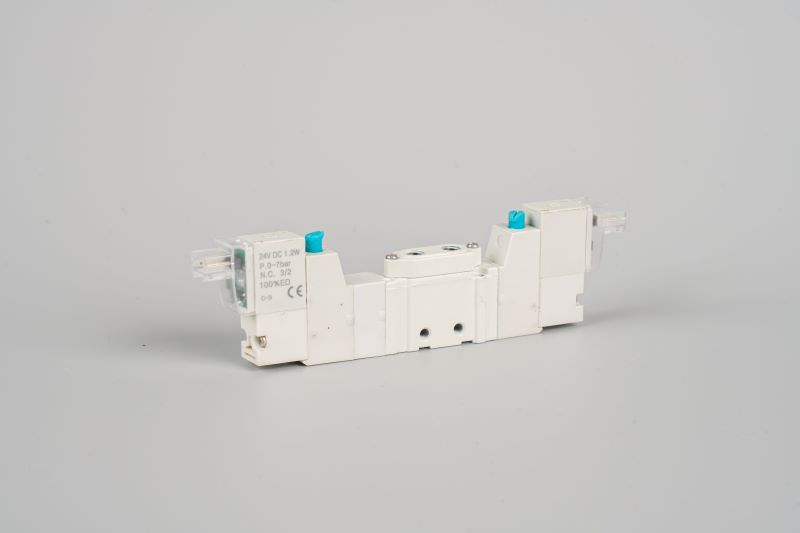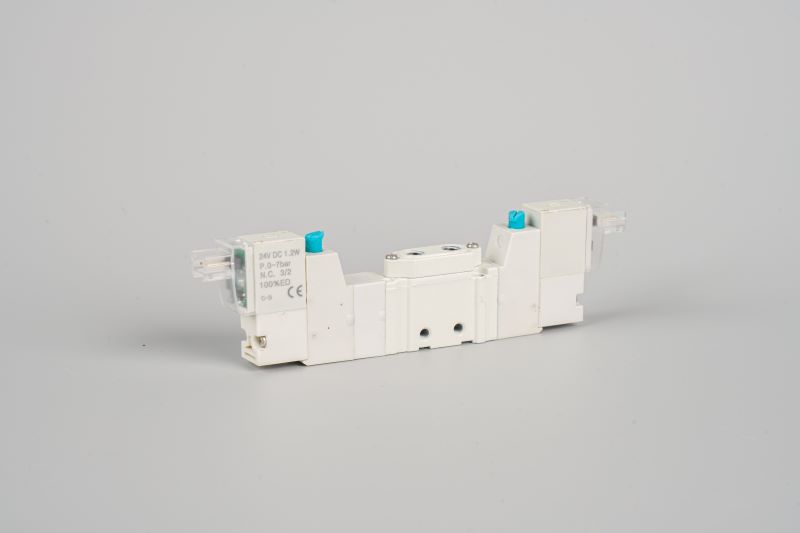Automotive solenoid valves
Send Inquiry
Automotive solenoid valves
Automotive solenoid valves is usually composed of electromagnetic coils, valve cores, valve bodies and other parts. When the electromagnetic coil is energized, it generates a magnetic field, which attracts the valve core to move, thereby changing the opening and closing state of the valve. The valve body provides a flow channel for the fluid and ensures its sealing performance.
When current passes through the electromagnetic coil, an electromagnetic force is generated, which overcomes the spring force or fluid pressure, causing the valve core to move and thus achieving the opening or closing of the valve. When the current is cut off, the electromagnetic force disappears, and the valve core returns to its initial position under the action of the spring force or fluid pressure, restoring the valve to its original state.
Specification Of High Temperature Automotive solenoid valves :
Working Pressure:
Off load 50/sec

Valve function:
5/3
Medium:
Compressed Air
0-1.6bar
Voltage:
DC 24V
Protection Insulation class
H
Protection Class
IP65
Power:
1.2W
Maximum Operating Frequency
Power Connector Style:
L style
Working Temp:
-10℃~+80℃
Working Life:
>30 million
Product Feature:
Improve performance
Automotive solenoid valves can precisely control parameters such as the intake air volume and fuel injection volume of the engine, making the engine burn more completely, thereby improving power output and fuel economy. In the transmission control system, fast and smooth gear shifting can be achieved, enhancing the comfort and handling of driving.
Enhance security
In the braking system, solenoid valves can achieve functions such as anti-lock braking (ABS) and Electronic Stability Program (ESP), effectively preventing wheel locking and vehicle skidding, and improving driving safety. In the airbag system, solenoid valves are used to control the release of gas, ensuring that the airbags deploy promptly and accurately.
Reduce costs
Compared with traditional mechanical control valves, solenoid valves have a simpler structure and lower manufacturing costs. Moreover, due to its fast response speed and high control accuracy, Automotive solenoid valves can reduce the energy loss of the system and lower the operating cost.
Adapt to complex environments
Automotive solenoid valves has excellent temperature resistance, pressure resistance and corrosion resistance, and can work stably in harsh automotive working environments such as high temperature, high pressure, humidity and dust. It has high reliability and a long service life.
Product Applications:
Engine system
● Fuel injection control: Precisely control the opening and closing times of fuel injectors to ensure that fuel is injected into the cylinders at the best timing and dosage, improving combustion efficiency and reducing exhaust emissions.
● Exhaust Gas Recirculation (EGR) system: Automotive solenoid valves regulates the volume of exhaust gas recirculation, lowers the combustion temperature, reduces the emission of nitrogen oxides (NOx), and simultaneously improves the fuel economy of the engine.
● Variable Valve Timing (VVT) system: Controls the opening and closing times of the valves, optimizes the intake and exhaust efficiency of the engine under different operating conditions, and enhances power performance and fuel economy.
Transmission system
● Automatic transmission control: It realizes the automatic gear shifting function. Based on signals such as vehicle speed, engine speed, and throttle opening, it precisely controls the oil pressure inside the transmission, making the gear shifting process smoother and faster.
● Continuously variable transmission (CVT) control: Adjust the transmission ratio of the CVT to keep the engine always operating within the optimal speed range, thereby enhancing fuel economy and driving comfort.
Braking system
● Anti-lock Braking System (ABS) : During emergency braking, the braking pressure is quickly adjusted through solenoid valves to prevent the wheels from locking up, maintaining the vehicle's steering handling and stability.
● Electronic Stability Program (ESP) : During vehicle operation, it monitors the vehicle's driving status in real time. When it detects a tendency for the vehicle to skid or lose control, it independently adjusts the braking pressure of each wheel through solenoid valves to correct the vehicle's driving trajectory and enhance driving safety.
Air conditioning system
● Refrigerant flow control: Regulate the flow of refrigerant in the air conditioning system to precisely control the temperature inside the vehicle, thereby enhancing the cooling efficiency and comfort of the air conditioning.
● Compressor clutch control: Controls the start and stop of the compressor, automatically adjusts the working state of the compressor according to the temperature inside the vehicle and the load of the air conditioning, and reduces energy consumption.



















